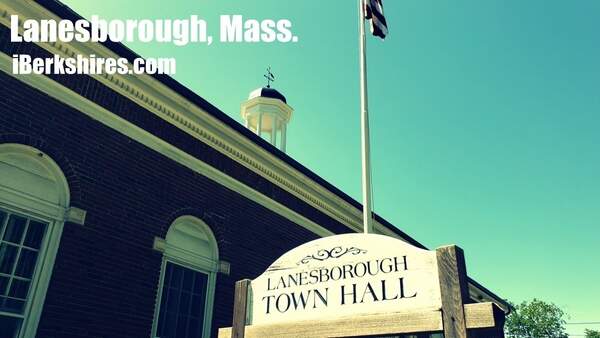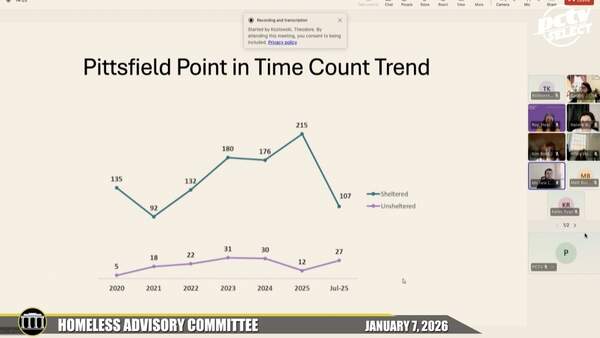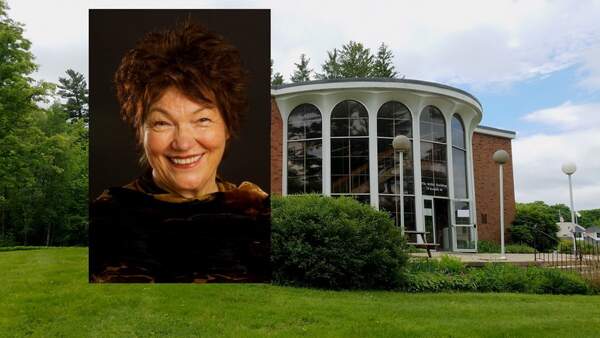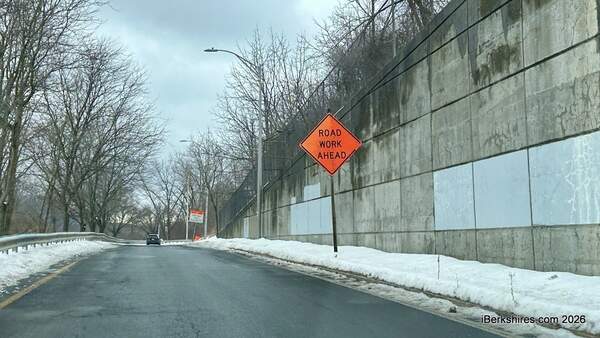Lanesborough Planning Board Considers Reworking Rejected Articles
LANESBOROUGH, Mass. — In its first meeting of the year, the Planning Board discussed ways to make rejected town meeting articles more palatable for residents.
The panel had supported drafting language for a 2,500-square-foot cap on the size of an accessory dwelling unit in response to the lack of housing availability in the community.
Voters rejected an article at the annual town meeting to remove the 900 square-foot cap on ADUs with concerns that people would build large structures on their property. With this new cap, the planners feel there is a chance of receiving support from townspeople.
"What we tried to do last year was just lift that max because why hold somebody back? If they have the land and everything else, let them build however big they want to build," Chair Joe Trybus said.
"Well, a lot of people in the annual town meeting didn't think that that was a good idea so the only way I feel to get this to go through this time around was to put a cap on it."
Residents with homes around 1,200 square feet who want to build 1,600 or 1,800 square feet for their older children cannot do that right now, he added.
According to the town's code:
"Rear and side yards may contain accessory buildings or structures, provided they cover not more than 30% of the combined area of such yards and are located not less than 10 feet from any lot line. Front yards may contain accessory buildings or structures, provided they meet the front setback requirements of this bylaw, that they cover not more than 30% of the area between the front setback line and the front of the main building, and that they are located not less than 10 feet from either side lot line, where such is deemed necessary and not detrimental to the neighborhood."
The new proposal would lift percentage requirements and just limit the second structure to 2,500 square feet.
A big issue that residents had at the town meeting was a fear of people building mega-mansions, a board member pointed out, and the cap would take the wind out of that conversation.
The board also discussed a possible frontage reduction size for the residential agricultural zone but decided to table it until the next meeting because members would like to see an overlay map of RA properties.
Also at last year's annual town meeting, voters shot down an article proposing that frontage for a building lot in the R/A Zoning District be reduced to 100 feet. This was also to respond to the current lack of housing availability.
"To give you a little insight of the past of Lanesborough, I think it was in the 80s I want to say it was 75 feet of frontage and that's when they had it changed to 200 feet in an RA two-acre minimum," Trybus said.
"A lot of the opposition that we got was is we don't want to develop all of our beautiful farmland and all of that stuff. I propose that we come up with a way to present it. We have what's called a scenic overlay right now and I was thinking if we kept that scenic overlay as RA and then did everything outside of the scenic overlay RB or RA-B, whatever, and made that 100 feet two-acre minimum, maybe people would be more apt to pass it through."
He added that residents largely provide feedback at the annual town meeting so if they reject a revised proposal, it truly is not wanted.
A request for a special permit by the Lakefront Condominium Complex for a 10-unit apartment building at 756 Main St. was continued. The property is the site of the Lakeside Bar and Grill.
Tags: accessory dwelling, housing, zoning,















